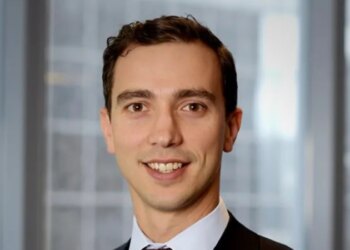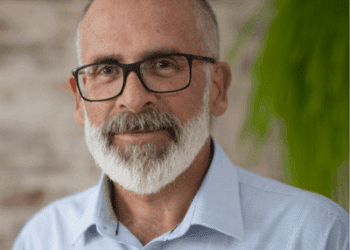One of the biggest worries for people after they retire is the fear of running out of money. In fact, a recent study undertaken by Challenger and National Seniors Australia has found that 53 per cent of Australians over the age of 50 are worried about outliving their savings.
A key reason for this fear is the increase we are seeing in life expectancies, which have risen by around two years over the past two decades. Once Australian women have reached the age of 65, they can now expect to live for another 22.3 year (to the age of 87.3) while the current life expectancy for Australian men at age 65 is currently 19.7 years (to the age of 84.7).
As Australians are living longer, they are now spending a longer amount of time in retirement compared to previous generations. However, the size of nest eggs that retirees have to fund this period in retirement has not increased proportionately. Hence the fear of running out of money is genuinely a much more valid concern for individuals approaching and in retirement in 2020 than it has been in the past.
Helping clients to prepare
One of the key values that a financial adviser brings to a client is the intimate knowledge of a client’s circumstances and situation, along with insights into their preferences and tolerances. There are a number of ways that an adviser can work with their clients to best address the risk of an individual running out of money before they die. These strategies range from behaviours that can be adjusted in the lead up to retirement through to investment strategies that can be incorporated within portfolios post retirement.
Advisers can work with their clients on a range of behaviours that can be adjusted in the lead up to and following retirement. This can include a focus on reducing spending habits in order to save more, working for a longer period of time or continuing to work, perhaps on a casual or consulting basis after retiring from full time work.
Many retirees who own their family home are asset rich as a result of the phenomenal growth in Australian residential property prices over the past decade. At the same time, these investors may have insufficient capital accumulated in their superannuation funds to meet their income requirements through retirement. One option which may be appropriate for these clients could be to sell the family home and contribute up to $300,000 of unlocked equity value to their superannuation through the downsizer contribution.
Strategies in retirement
When considering a client’s investment portfolio in the period following retirement, a financial adviser may wish to consider whether an allocation to a guaranteed annuity product is appropriate for a client in order to help address longevity risk.
Lifetime annuity products provide a guaranteed level of income for a client, backed by the issuing life insurance company. Annuity products offered today offer far greater flexibility than those historically available with clients having the ability to access capital, if required, with lower penalties and flexible deferral periods available before the commencement of income payments, which can help in meeting an individual’s bespoke circumstances.
In order to make their nest egg last as long as possible, retirees need to ensure that they have enough of their portfolio invested in growth assets. Many investors increase their exposure to conservative asset classes such as bonds and cash as they approach retirement, however there is a fine balance between the need to protect the asset base and ensuring that the portfolio can generate adequate returns. By maintaining a healthy exposure to riskier assets with larger expected returns, the accumulated savings will likely last for a longer period of time as returns continue to compound, even as the retiree starts to draw down an income stream.
Longer lifespans mean today’s retirees need sound strategies in place to mitigate the risk of outliving their savings. However, with the right financial plan in place, clients can enjoy their retirement years with the knowledge that their finances are secure for the next 20, 30 or even 40 years.
Miriam Herold, head of research, Centrepoint Alliance




There is a new GFC on the horizon and this one will make 2008 look like a brief walk in the park with cupcapkes and coffee. Myself and my clients won’t go near high risk assets. This could escalate at any moment – the world economy is on a knife edge and the mainstream media won’t tell anyone. This calamity will take nations out and decimate the middle and lower socio-economic population. The smart money is prepared and know it is coming soon. very smart people hold precious metals. Just like 2007, people will sneer at such predictions – it was unfashionable to make them . . . until it wasn’t. Debt and the issues that caused 2008 has escalated beyond belief and is mostly covered up by American mainstream media. Do the right thing by your clients and keep them safe until this storm occurs. It has already started but quietly and the smart money is moving now. Stock buy backs are at an all time high – BIG indicator but only one. It will not be recovered from quickly and could decimate for a decade. This will be known as ‘The greatest Depression’. It will be worse than the 1929 crash and aftermath. I have no doubts whatsoever and know this true. Just watch . . .
Just stick them in a balanced portfolio as most seem to be 70/30
Financial planners would like t o help but given the state of the industry and the costs of compliance etc., they will probably run out of money first!